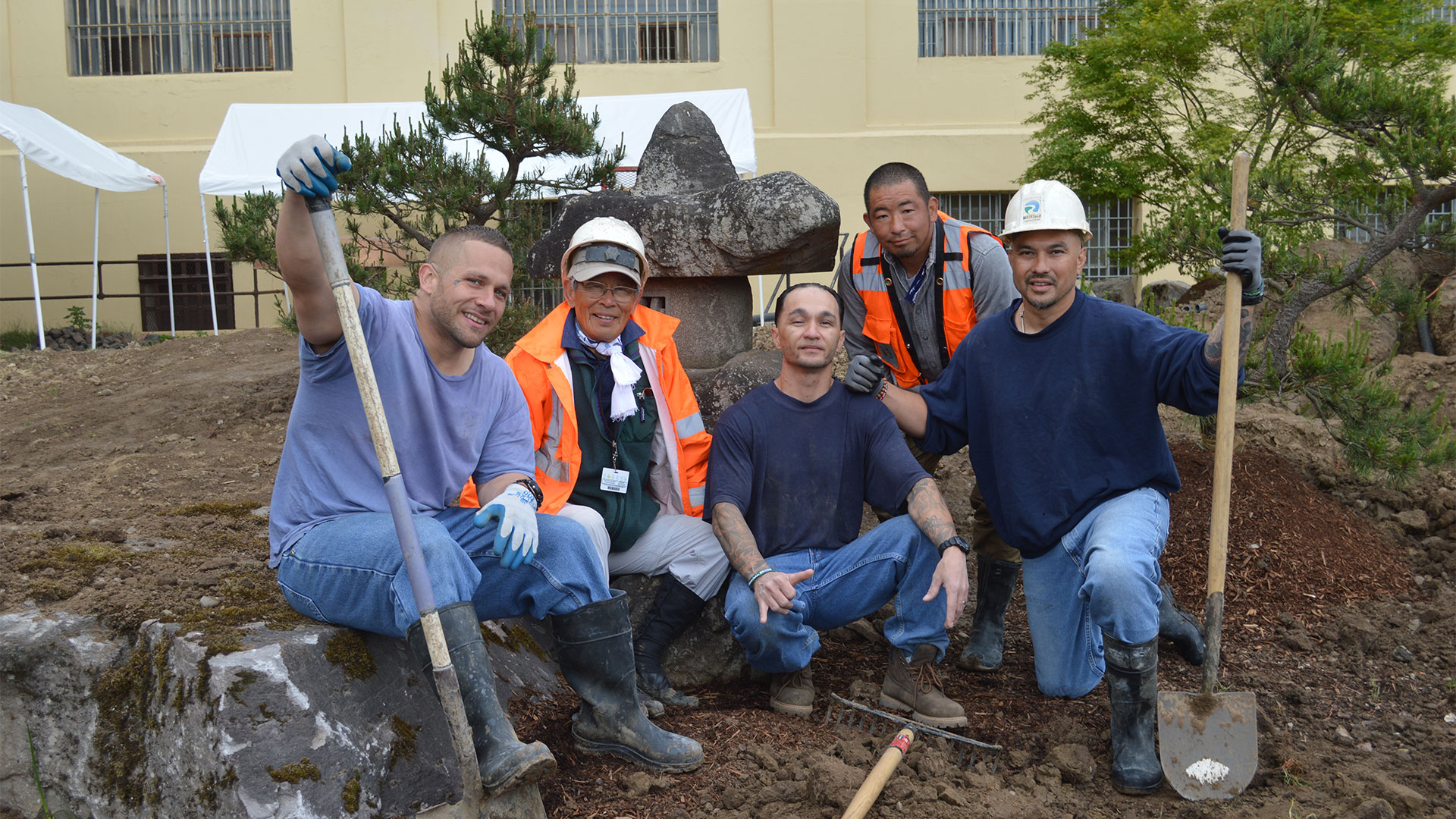When I visited in late May, Kurisu and some of the inmates were busy working on the garden. I was pleasantly surprised to see traditional Japanese elements such as pine trees, lanterns, the beginnings of a pond and boulders. It was impressive.
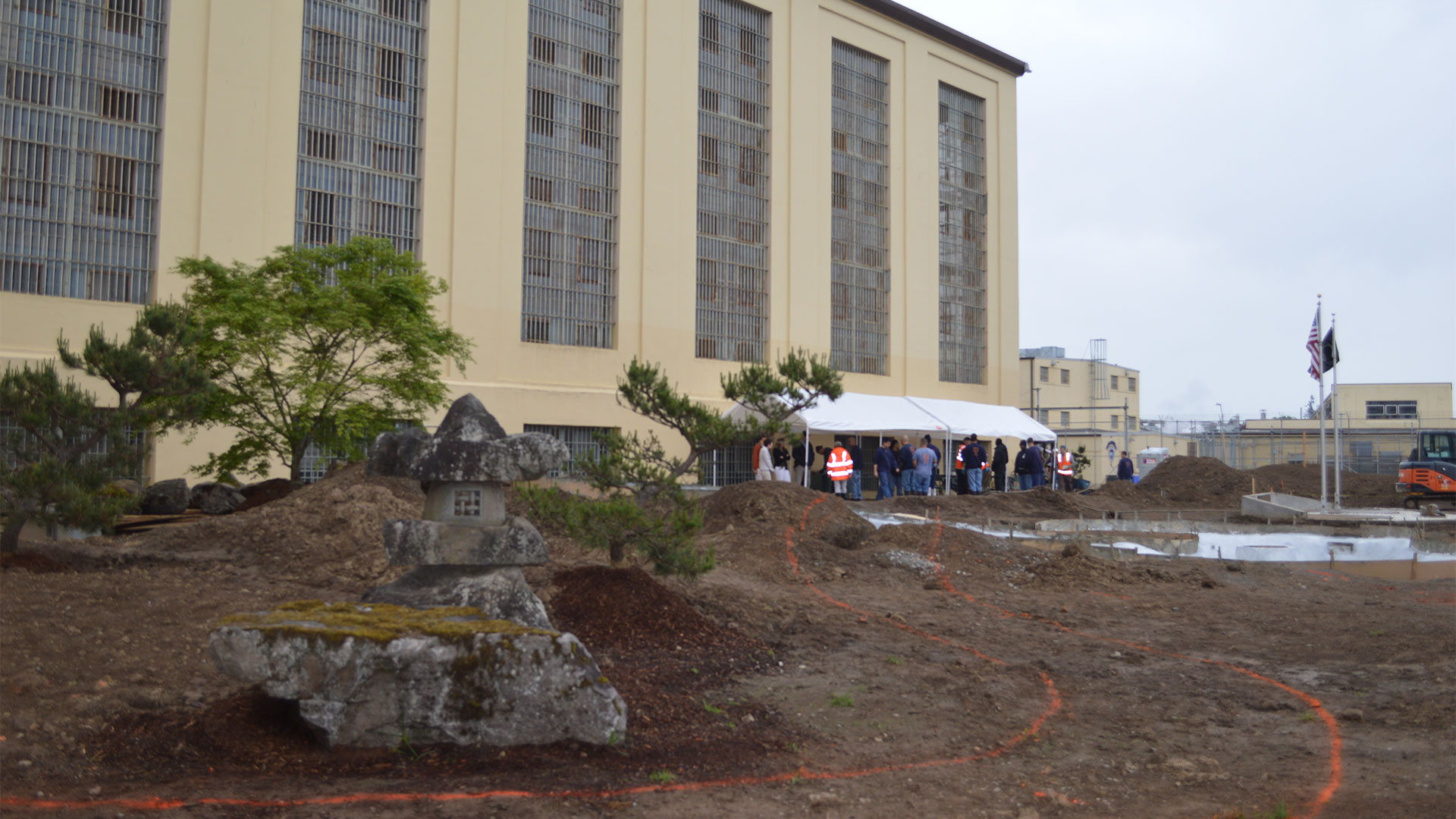
Kurisu directed the inmates to guide the moss-covered rocks above the pond via a mechanical crane. The massive boulders, which will eventually be part of a waterfall feature, were striking — and that is the point.
“When we put big boulders in the water, it makes us think we are in nature, not just showing beauty here," says Kurisu. "When we feel part of nature, we become humble and it brings us good inspiration for healing.”
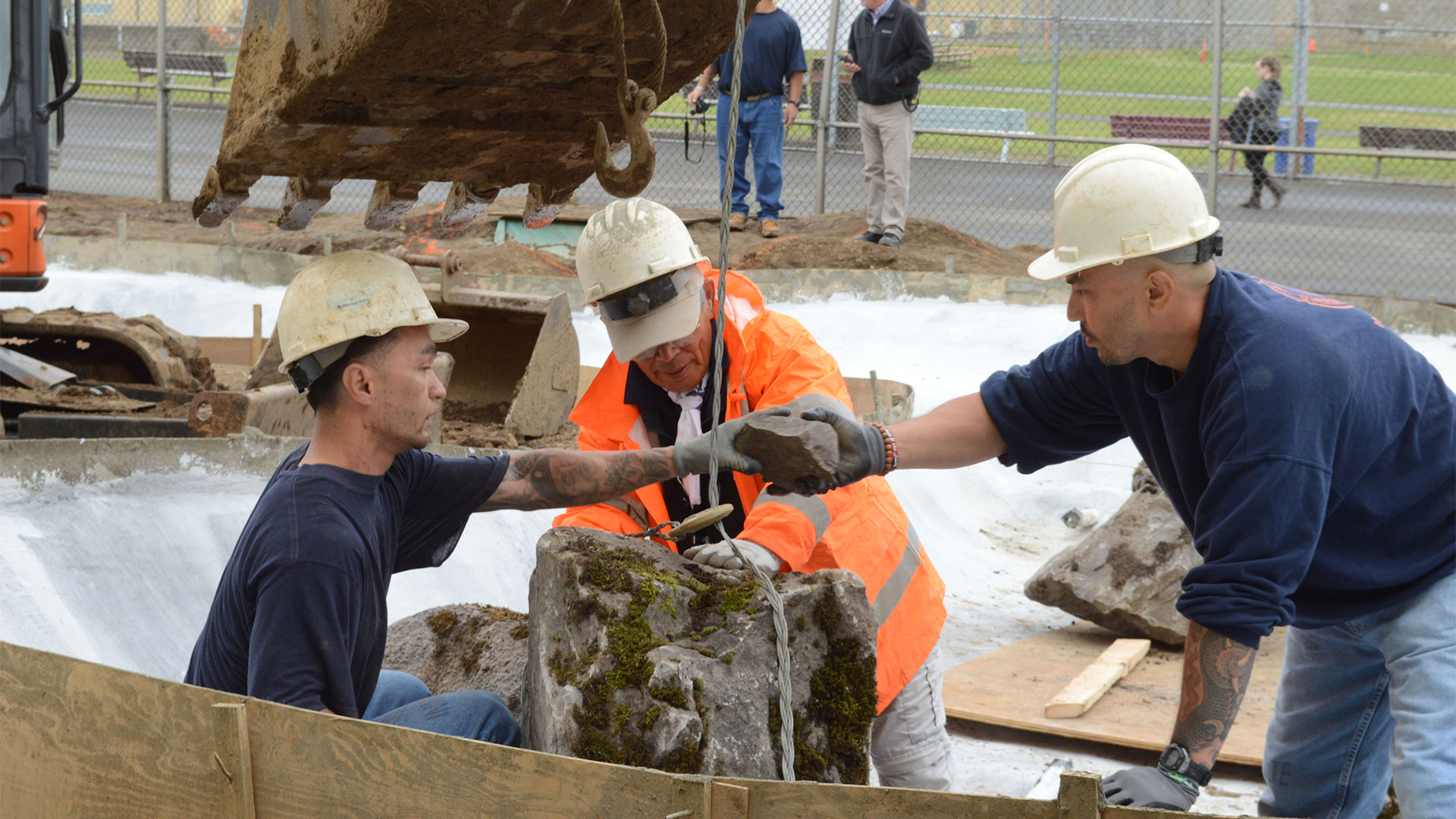
Hoichi Kurisu was born in Hiroshima, where he witnessed the city’s atomic bombing in 1945. As a child, he loved his grandfather’s niwa, or garden. After working briefly in the United States with his father, Kurisu went back to Japan to study with master Kenzo Ogata. He returned to the US and started his landscaping career at the Portland Japanese Garden in 1968. Over the past 50 years, he has designed many award-winning gardens.
When Kurisu found out about the prison garden proposal, he was so impressed that he donated his time and money to make it a success.
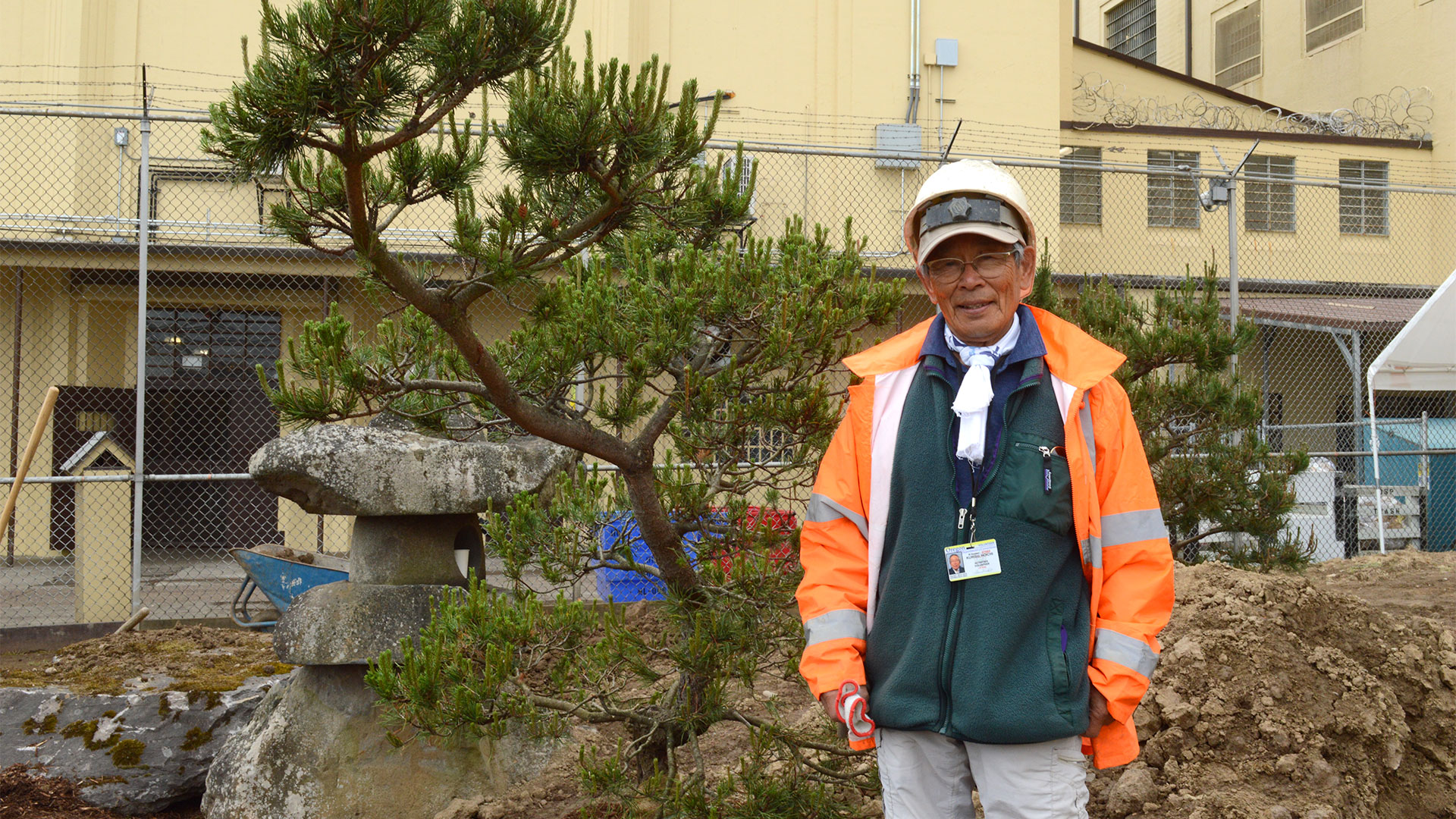
The idea for this healing garden began five years ago, when Johnny Cofer, 46, serving two concurrent life sentences for murder, suggested building a small koi pond to help beautify the yard at a meeting between the inmate-run Asian Pacific Club and a former prison superintendent. This seed has grown, as the current superintendent and community saw the restorative value of inmates creating a large-scale Japanese garden within the prison walls.
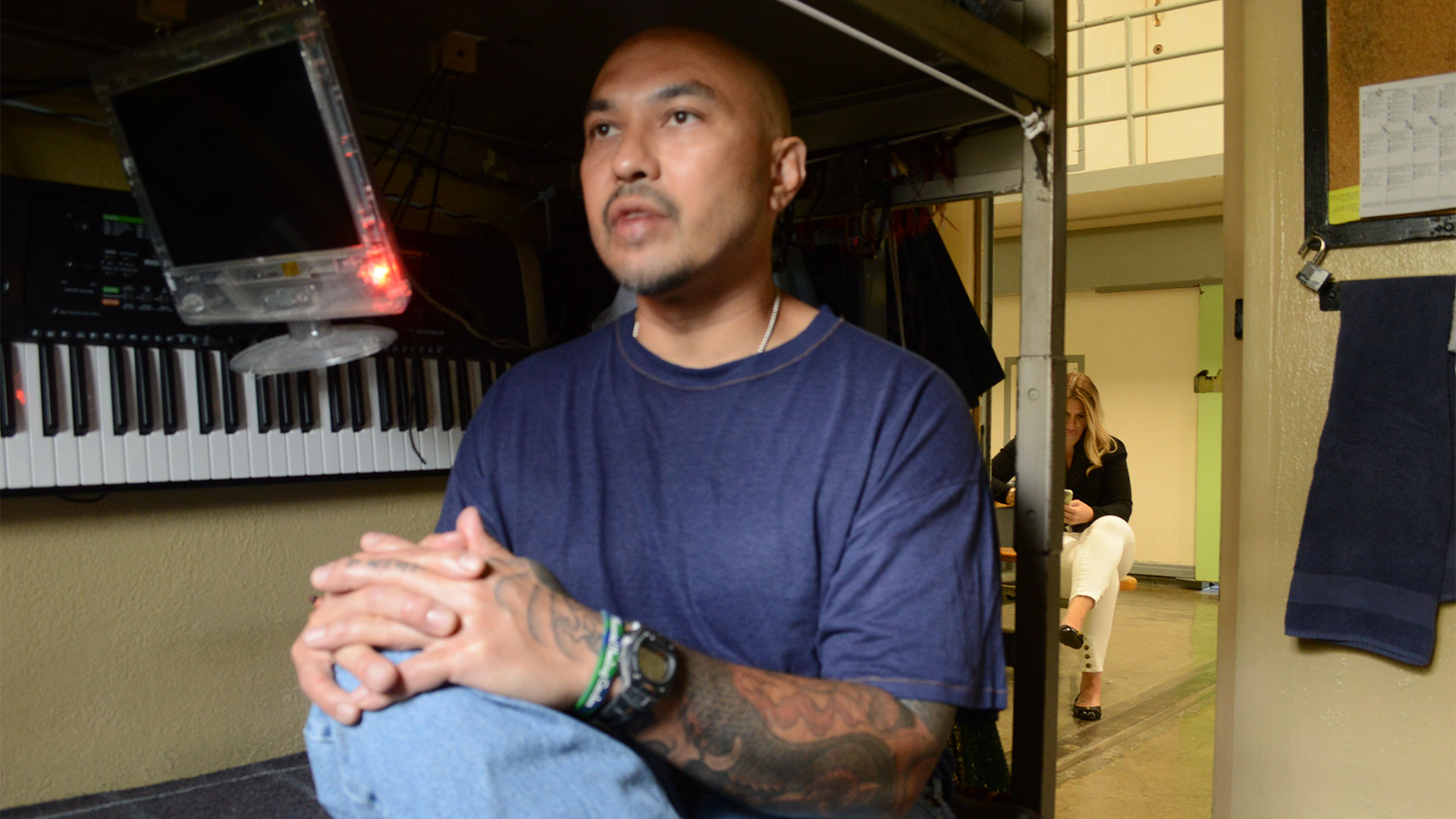
Cofer hadn’t touched a tree in the 20 years he had been in prison. He felt hopeless and lost.
“This garden has essentially saved my life," he says. "And I hope some other men that are incarcerated here can also find some light from that garden. And that it can give them some hope. It's transformed me.”
Although aware he will be in prison for life, Cofer feels it is his responsibility to help others who will someday return to society. The garden has helped him find his purpose.
"Ninety-four to ninety-five percent of our population are going to be outside again," says Brandon Kelly, Superintendent at Oregon State Penitentiary. "They're going to be our neighbors. They’re going to be out in the community."
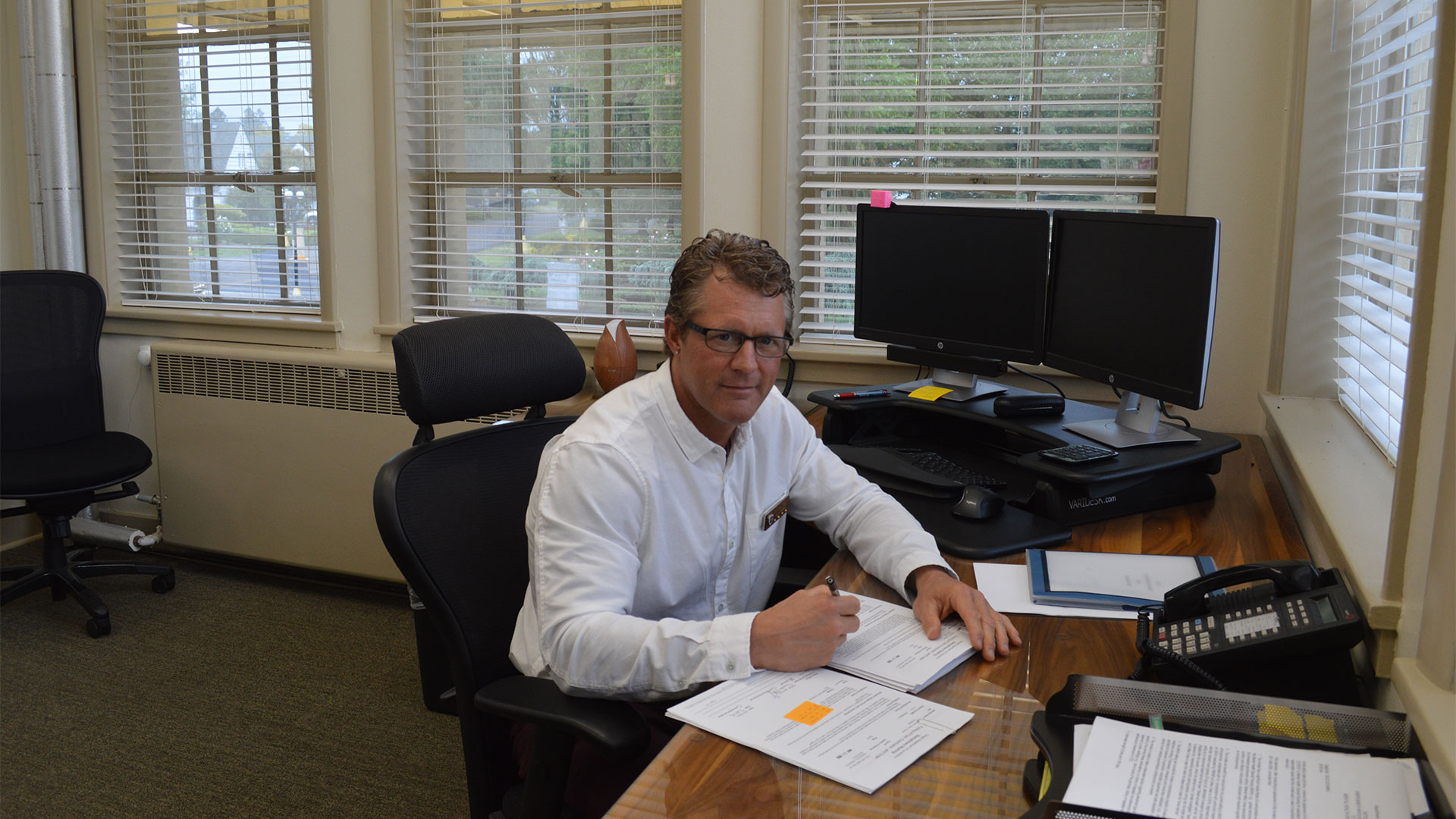
Anyone who has spent time in nature has felt its calming power. That's why the prison and community are both banking on the fact that building and tending a garden can help inmates rehabilitate before they reenter society.
Support from the community has meant a lot to this project, since no taxpayer money is involved. The Asian Pacific Club has raised $400,000 for the garden so far, while 5 percent of donations have come from inside the prison.
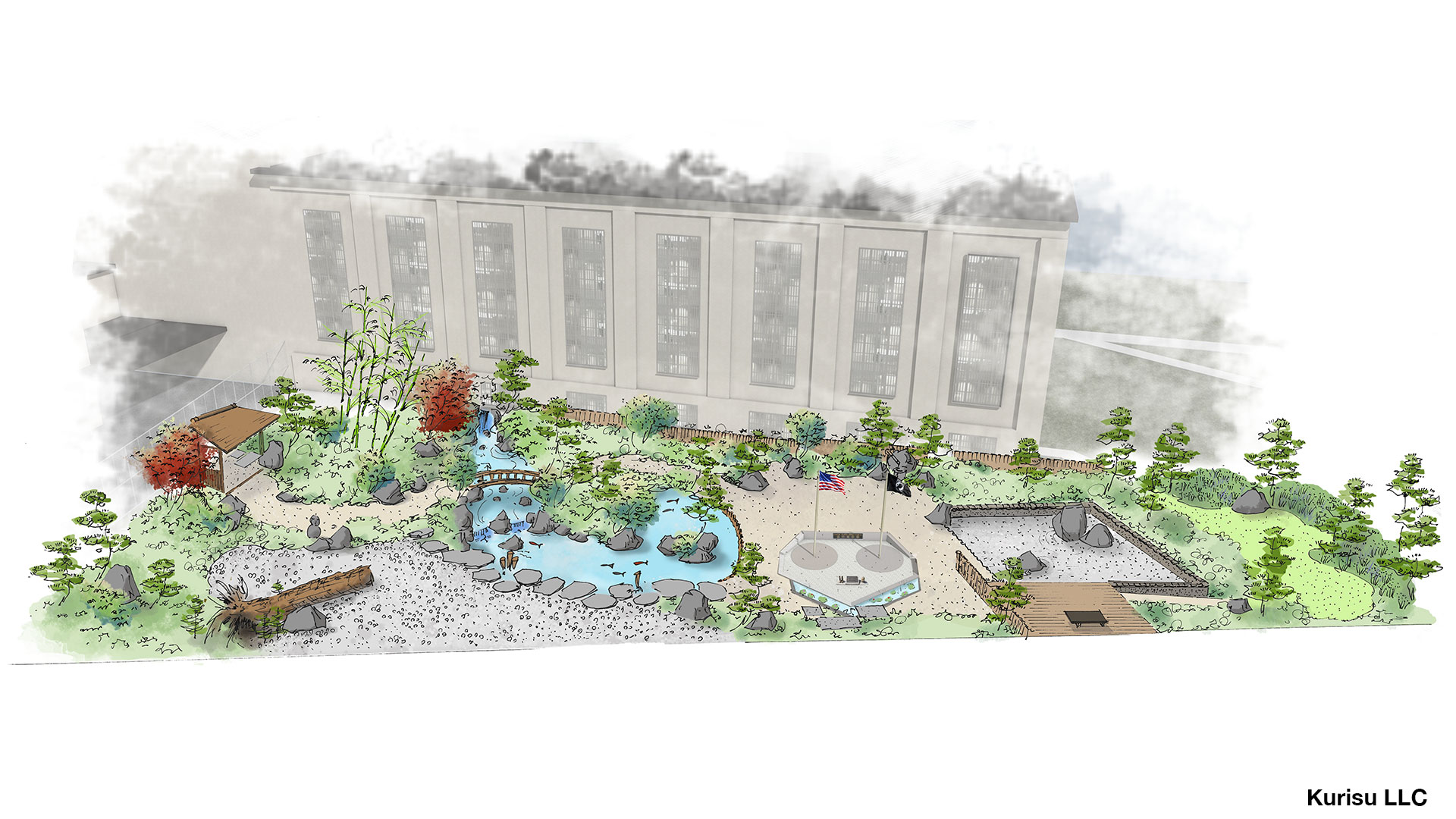
This project has had some unique challenges for designer Kurisu and the inmates. The Department of Corrections has strict guidelines for materials allowed in prison yards, and because security cameras and guard towers must have visibility of the inmates at all times, the height of trees and other features is limited.
The prison administration, staff, inmates, the community and even the Department have been working to make this ambitious project a success. Though the Japanese garden won’t be completed until this summer, the healing has already begun.
Kurisu is teaching the Asian Pacific Club how to tend the garden once its finished. Everyone involved is hoping the idea of this garden will grow and bear fruit elsewhere.
